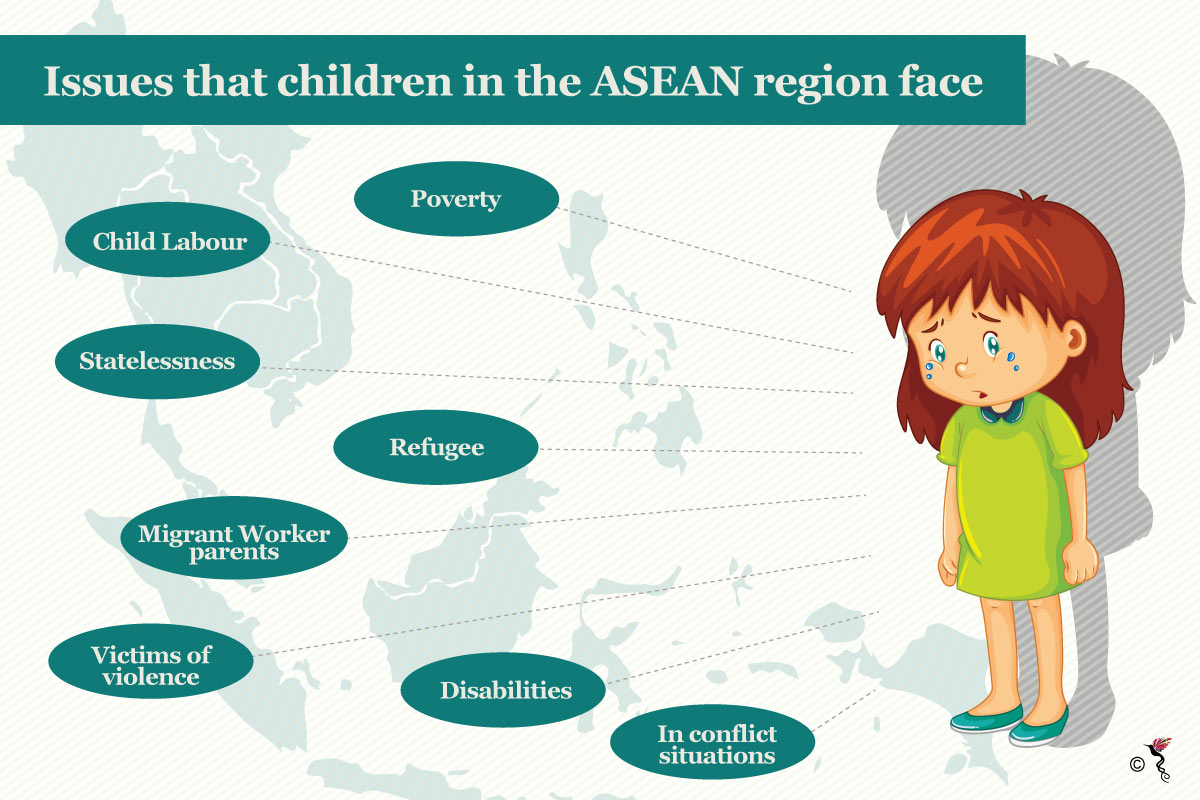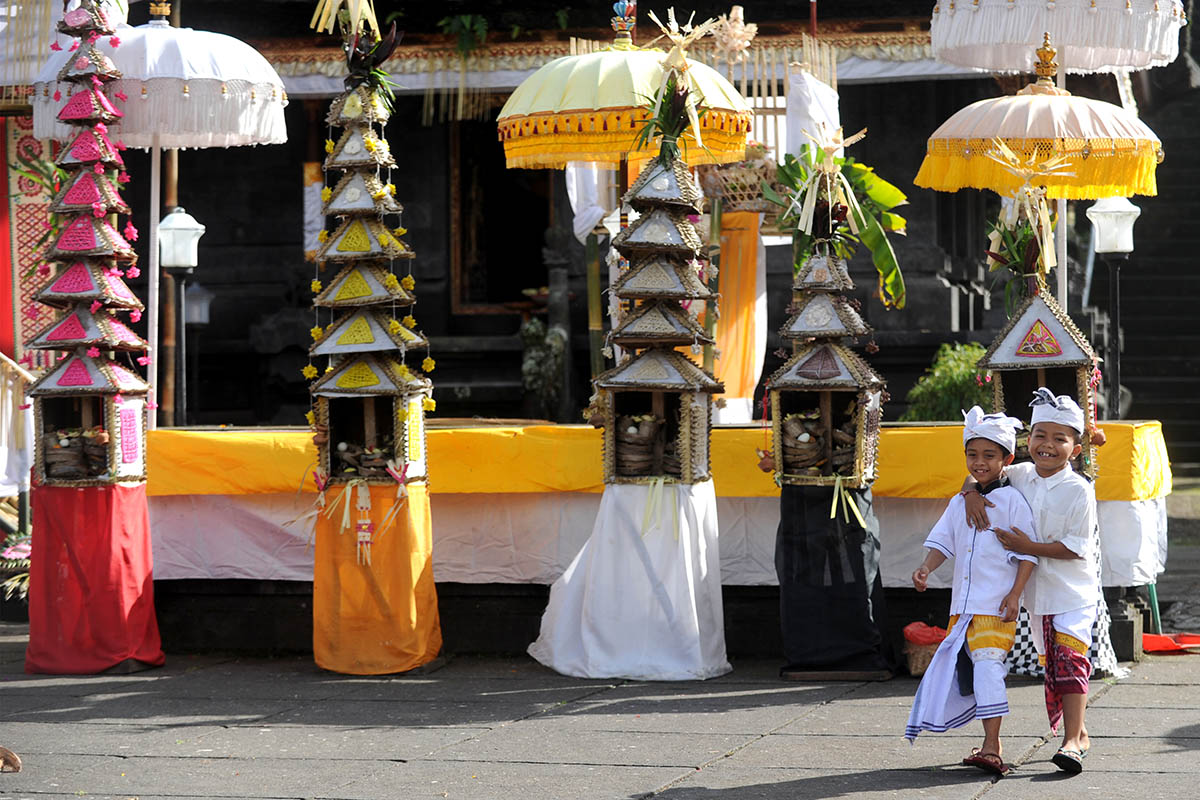Every child deserves a right to live a life without having to succumb to social exclusions. In spite of that, children in the ASEAN (Association of Southeast Asian Nations) region are still vulnerable with no proper protection to guide and lead them into a healthy self and societal development.
Some of the challenges that threaten child development in the region include child labour, poverty, disabilities, statelessness, children in conflict situations, domestic violence and sexual abuse among others. These concerns can only be resolved when the region addresses the root causes and consequences in a scrupulous manner. For instance, millions of children still live in extreme poverty as social spending has not kept pace with economic growth and the disparities in distribution of resources continue to grow.

Challenges that children in ASEAN are facing.
Is there any laws that protect children in ASEAN countries?
The simple answer to this question is yes, but having these laws alone are not enough. Regionally, the member states have the ACWC (ASEAN Commission on the Rights of Women and Children) which complements the more general mandate of the ASEAN Intergovernmental Commission on Human Rights.
ACWC’s primary purpose is to promote and protect human rights and the fundamental freedoms of women and children in ASEAN. It is also tasked with upholding rights listed in the CRC (Convention on the Rights of the Child), which all ten ASEAN Member States have sanctioned.
The CRC is the most widely ratified international human rights treaty in history which is observed by 196 countries. Its fundamental principles are based on the survival and development, as well as non-discrimination and supports the best interests and views of the child. However, when contacted by The ASEAN Post via e-mail, Grace Agcaoili, UNICEF’s Regional Child Protection Specialist – Child Rights and Justice for children stated that UNICEF does not implement on its own when it comes to policies of child protection.
“Our mandate as custodian of the CRC is to support governments as main State Parties to the Convention enact policies that are in compliance with the CRC and implement these policies,” she explained. Due to this autonomous execution of the above-mentioned policies by the State Parties themselves, numerous challenges had surfaced.
“In terms of implementation, all State Parties to the CRC report every five years on their implementation of the CRC and domestic laws. As the Concluding observations show, to better implement, they need good data to begin with, and they have to allocate resources. There should also be monitoring and accountability,” Grace added.
According to a report published by UNICEF, what is halting these ASEAN member states from following through with such policies is the lack of data, concrete implementation and monitoring strategies, coordination among government agencies collecting data, limited accessibility as well as limited human and financial resources amongst others.
What can ASEAN do to ensure the future protection of the children?
In order to overhaul this major regional issue, Grace suggested that state parties or individual governments should seriously look into more comprehensive national action plans such as fieldwork through education and ensuring limited resources are being used to train those who can make the largest impact. Apart from that, more and better quality data has to be collected and should be made available to the public so that other parties or organisations could work with the governments to foster a safer and more protected environment for children in socially-excluded environments within Southeast Asia.
